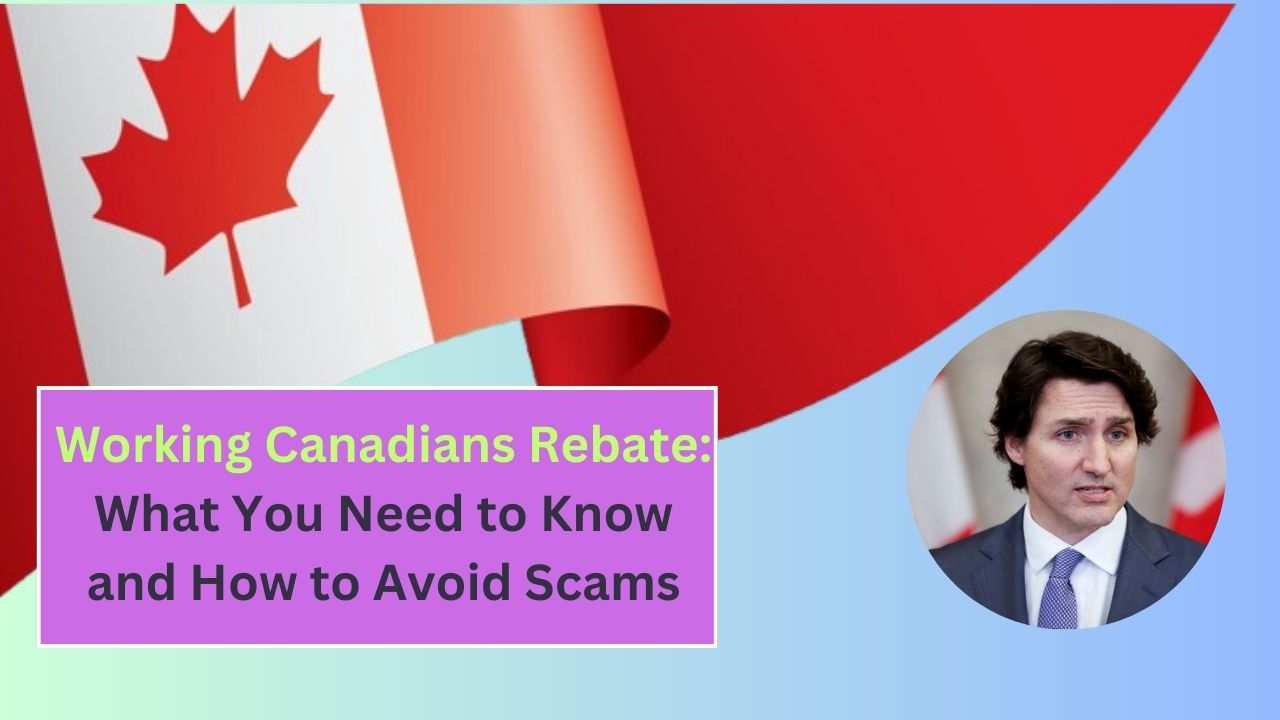The Canadian government has introduced the Working Canadians Rebate (WCR), a one-time $250 payment designed to provide financial relief to individuals who worked in 2024 and earned up to $150,000. While this initiative aims to ease the financial strain for working Canadians, the rebate is yet to be enacted into law, leaving room for scammers to exploit the situation.
Key Details About the Working Canadians Rebate
- Announced Date: November 21, 2024.
- Eligibility: Canadians who worked in 2024 and earned up to $150,000.
- Benefit Amount: $250 one-time payment.
- Timeline: Set to be delivered in spring 2025, pending legislative approval.
- Estimated Reach: Approximately 18.7 million Canadians could benefit.
The WCR is part of a broader economic relief package that includes a temporary GST holiday. However, delays in Parliament have stalled the rebate’s implementation, sparking confusion and opening doors for fraudulent activity.
Fraud Alert: How Scammers Are Targeting Canadians
As Canadians await the rebate, scammers are circulating fraudulent emails, texts, and phone calls, claiming to offer early access to the WCR. These schemes often involve:
- Requests for Personal Information: Scammers ask for sensitive data like Social Insurance Numbers (SIN) or banking details.
- Upfront Fees: Fraudsters demand payments in exchange for the rebate.
- Aggressive Tactics: Threats or promises of quick processing to pressure victims into compliance.
CRA’s Official Position
The Canada Revenue Agency (CRA) has issued a warning, emphasizing:
- No Payments Yet: The WCR has not been distributed because the legislation is still pending.
- Automatic Delivery: Once approved, eligible Canadians will receive the rebate directly via cheque or direct deposit. No application, fees, or forms are required.
- No Unsolicited Contact: The CRA does not send texts, emails, or calls requesting information for this rebate.
How to Spot and Avoid Scams
The CRA advises Canadians to look out for these common scam indicators:
- Urgent Payment Requests: The CRA will never demand immediate payments or threaten consequences for non-compliance.
- Unconventional Payment Methods: Requests for payment via gift cards, cryptocurrency, or prepaid credit cards are red flags.
- Aggressive or Threatening Language: Legitimate CRA communications will not use scare tactics.
- In-Person Payment Demands: The CRA does not arrange face-to-face meetings for rebates.
What To Do if You Encounter a Scam
- Do Not Respond: Avoid clicking links, opening attachments, or sharing personal details in unsolicited messages.
- Verify the Source: Contact the CRA directly using official contact information to confirm any communication.
- Report the Fraud: Notify the Canadian Anti-Fraud Centre about suspicious activities to help protect others.
How and When You’ll Receive the Rebate
Once legislation is passed, the CRA will distribute the rebate automatically. Eligible individuals will receive the $250 payment directly into their bank accounts or via cheque.
- No Application Required: Payments will be processed without the need for forms or extra steps.
- Secure Channels Only: The CRA will not request sensitive details via text, email, or phone calls.
Stay Informed and Protected
While the Working Canadians Rebate promises financial relief, it’s vital to remain vigilant against scams exploiting the delay. Legitimate payments will only occur once the legislation is finalized, and the CRA will handle the process securely.
By staying informed and cautious, Canadians can safeguard themselves from fraud and ensure they receive their rightful rebate without any complications.
I Work as a Content Writer and I like Writing Articles




